 St. Francis River Bridge
St. Francis River Bridge
Entry Category: Transportation
 St. Francis River Bridge
St. Francis River Bridge
St. Joe Historical Missouri and North Arkansas Depot and Museum
St. Joseph [Steamboat]
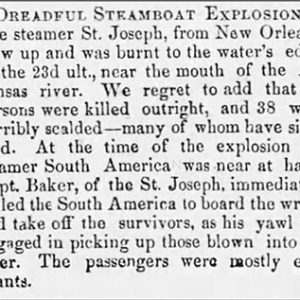 St. Joseph Steamboat Article
St. Joseph Steamboat Article
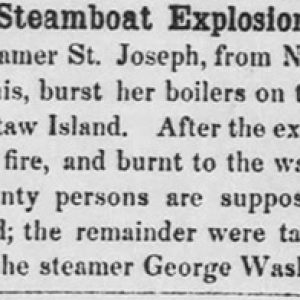 St. Joseph Steamboat Article
St. Joseph Steamboat Article
 St. Louis and North Arkansas Railroad
St. Louis and North Arkansas Railroad
St. Louis Southwestern Railway
aka: Cotton Belt
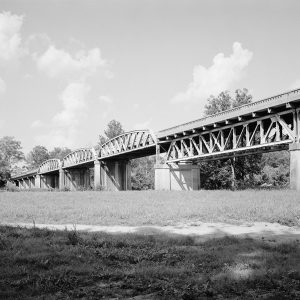 St. LouisSan Francisco Bridge
St. LouisSan Francisco Bridge
St. Louis–San Francisco Railway
aka: Frisco
St. Nicholas [Steamboat]
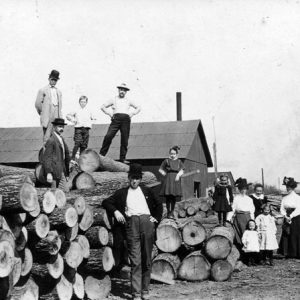 St. Paul: Railroad Timber
St. Paul: Railroad Timber
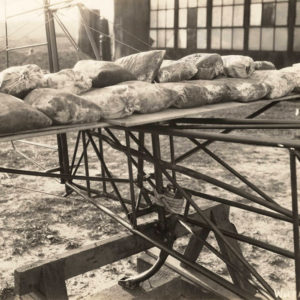 Stabilizer Test
Stabilizer Test
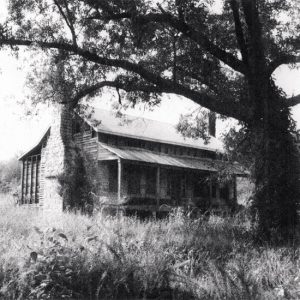 Stagecoach House
Stagecoach House
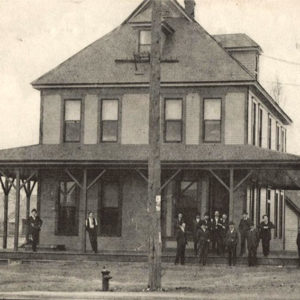 Stamps Railroad Office
Stamps Railroad Office
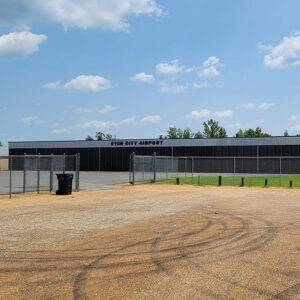 Star City Airport
Star City Airport
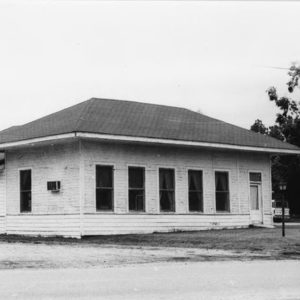 Star City Depot
Star City Depot
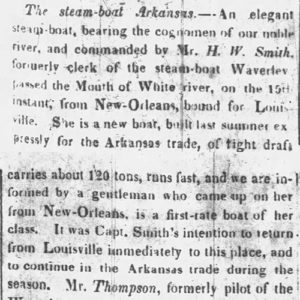 Steamboat Arkansas Article
Steamboat Arkansas Article
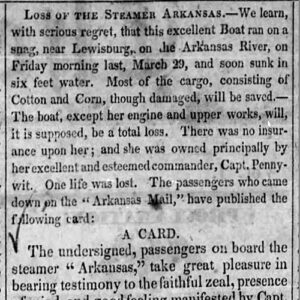 Steamboat Arkansas Article
Steamboat Arkansas Article
Steamboat Disasters
Steamboats
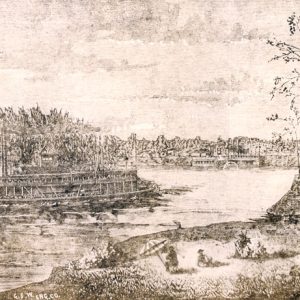 Steamboats Illustration
Steamboats Illustration
 Steamer Marmora Story
Steamer Marmora Story
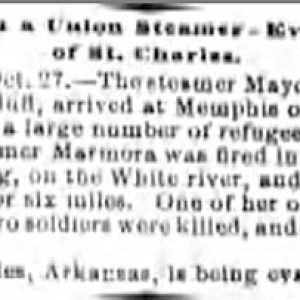 Steamer Marmora Story
Steamer Marmora Story
 Arthur E. Stilwell
Arthur E. Stilwell
Stinson, Katherine
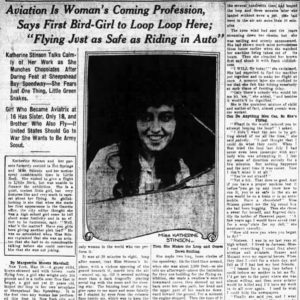 Katherine Stinson Article
Katherine Stinson Article
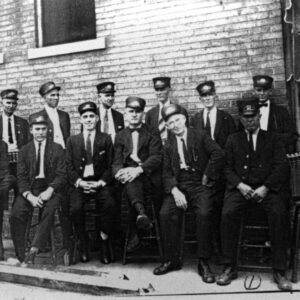 Streetcar Conductors
Streetcar Conductors
Stuttgart Army Air Field
 Stuttgart Army Air Field Brochure
Stuttgart Army Air Field Brochure
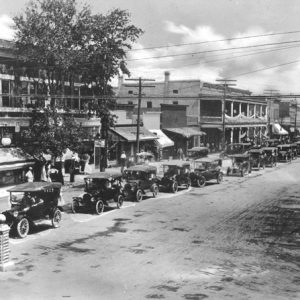 Stuttgart Auto Parade
Stuttgart Auto Parade
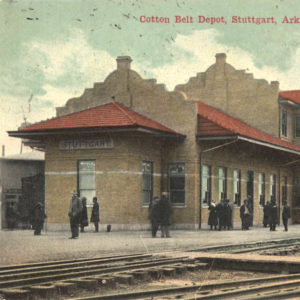 Stuttgart Depot
Stuttgart Depot
Sulphur Rock Street Car
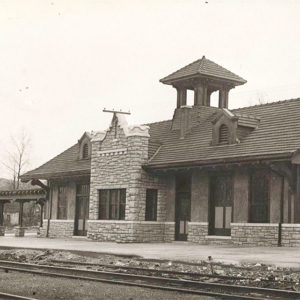 Sulphur Springs Depot
Sulphur Springs Depot
Sultana
 Support Cable
Support Cable
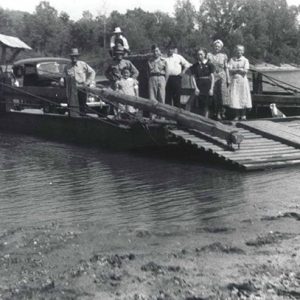 Talburt Ferry
Talburt Ferry
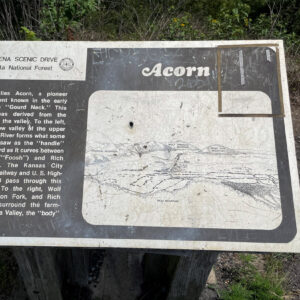 Talimena Scenic Drive Sign
Talimena Scenic Drive Sign
Telegraph No. 3 [Steamboat]
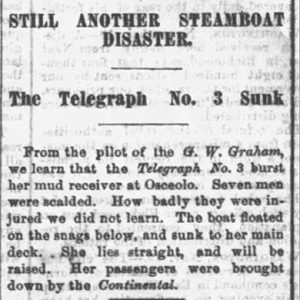 Telegraph No. 3 Steamboat Article
Telegraph No. 3 Steamboat Article
Telegraph Road (Northwestern Arkansas)
Texarkana Regional Airport
aka: Texarkana Air Force Station
Thaden, Louise McPhetridge
 Louise Thaden
Louise Thaden
Thompson-Robbins Air Field
aka: Helena Aero Tech
Tinker, Frank Glasgow
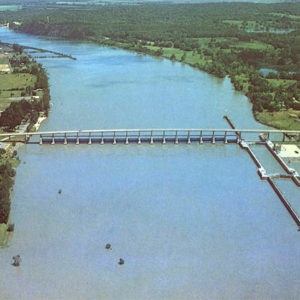 Toad Suck Bridge
Toad Suck Bridge
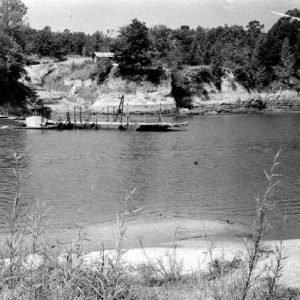 Toad Suck Ferry
Toad Suck Ferry
 Toad Suck Ferry Lock and Dam No. 8
Toad Suck Ferry Lock and Dam No. 8




